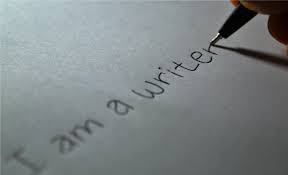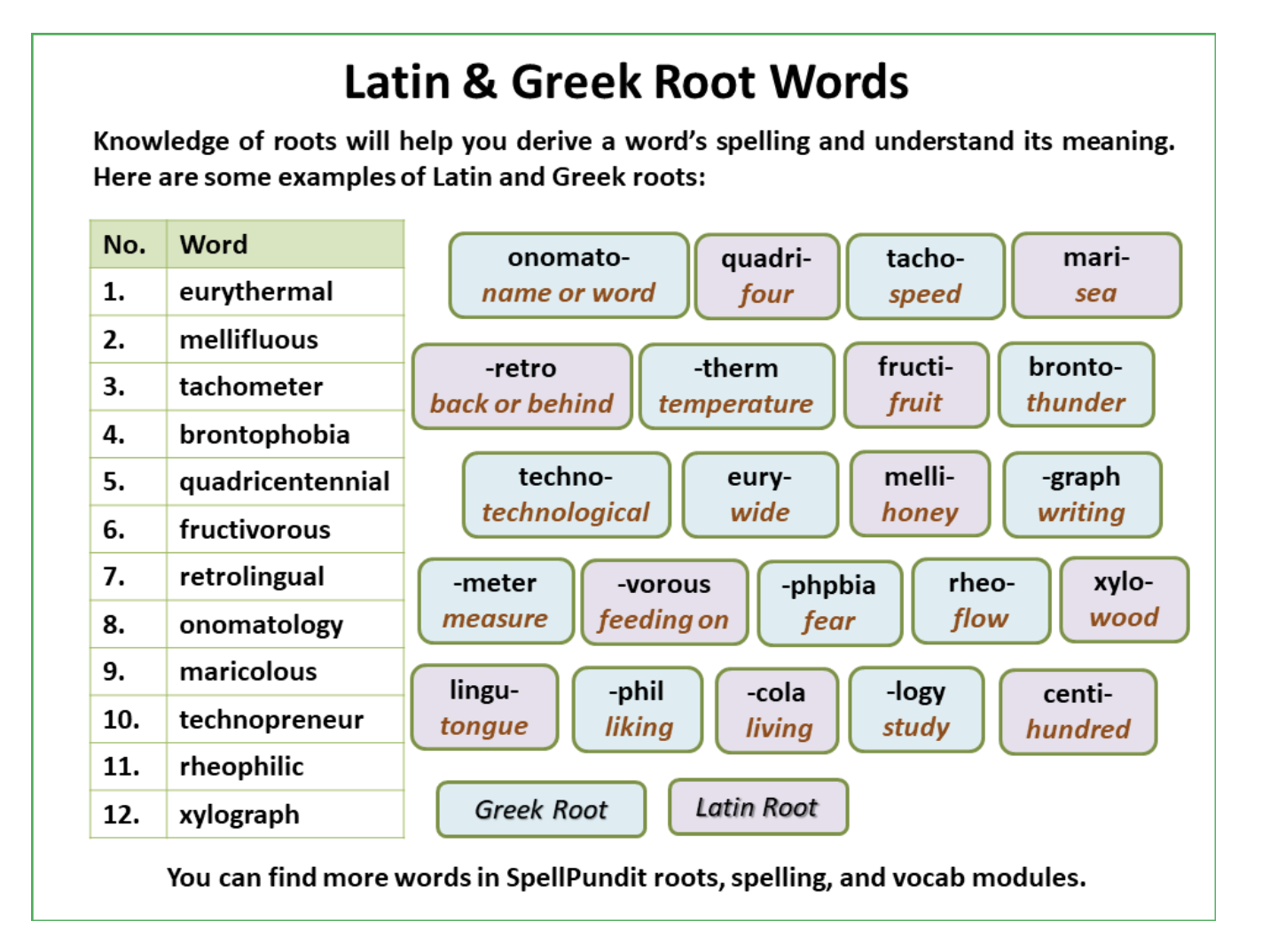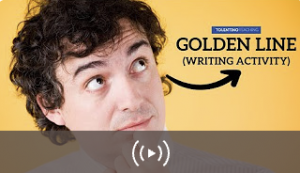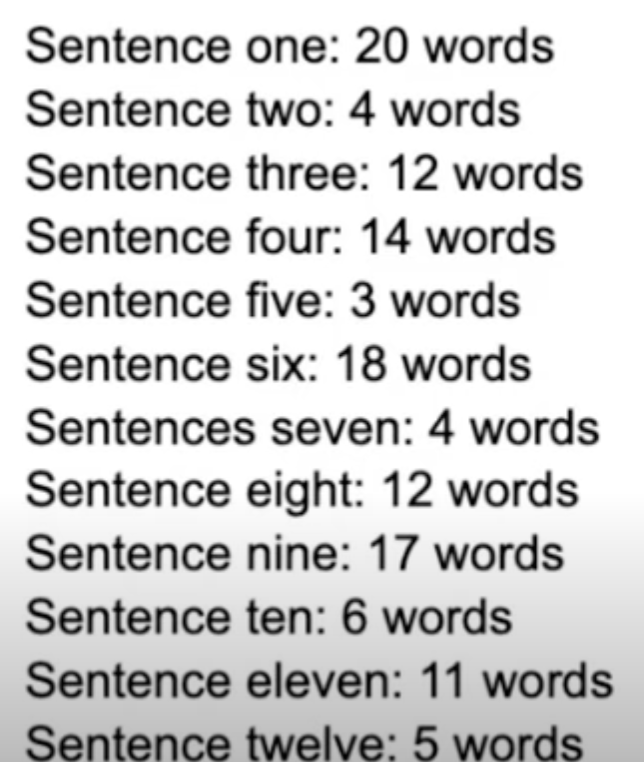Wombats are like the adorable couch potatoes of the animal world! These furry little marsupials come in shades of brown, tan, or grey and can grow up to 1.3 meters long!
Spark your thinking!
1. Set up your language arts mini spark recording page: #76: Diary of a Wombat
2. Listen to the story Diary of a Wombat. Focus on viewpoint, voice, and flow as you listen to the story.
3. Explore opposing viewpoints. Choose one event. On your recording page describe the same event from two points of view
Mothball vs. family members.
4. Diary of a Wombat is a humorous text. Identify the various devices Jackie French and Bruce Whatley have used to make this book entertaining. To get you started- What is Mothball describing as a ‘flat, hairy creature? How does this add humor? Think of 2 more funny examples and add them to your recording page.
5. In literary texts, dialogue plays an important role in character development. However, there is no dialogue in Diary of a Wombat (from Mothball). Analyze the text to gather information about Mothball. How has the author developed Mothball’s character without the use of dialogue? Record 3 things you know about him,
6. Mothballs main motive in life is to find carrots to eat. Make a list on your recording sheet of all of the ways he does this.
7. Read this National Geographic article. Make a tiny information page with 5 facts about wombats on your recording sheet.
8. Share your language arts mini spark recording page with your teacher/EY coordinator.
Check out the Diary of a Creature badge at the EY website.


 Across the Pacific, myths and legends are passed down through oral tradition. The myth of Dakuwaqa is deeply rooted in Fijian culture and serves as a reminder of the interconnectedness between humans and the natural world, as well as the consequences of greed and disrespect for the environment.
Across the Pacific, myths and legends are passed down through oral tradition. The myth of Dakuwaqa is deeply rooted in Fijian culture and serves as a reminder of the interconnectedness between humans and the natural world, as well as the consequences of greed and disrespect for the environment.

 It is helpful to be able to recognize and understand adages and proverbs in the stories you are reading.
It is helpful to be able to recognize and understand adages and proverbs in the stories you are reading. Learning Greek and Latin roots can help your understand English better, improve your vocabulary, and learn how to read and spell new words.
Learning Greek and Latin roots can help your understand English better, improve your vocabulary, and learn how to read and spell new words. 4. Make flash cards for each of the pink and blue buttons. On one side put the root and the other side put the meaning. Study the cards. 5 times.
4. Make flash cards for each of the pink and blue buttons. On one side put the root and the other side put the meaning. Study the cards. 5 times.

 Nonfiction poetry focuses on conveying facts about subjects through engaging and creative narratives. Nonfiction poetry can be a fun and thought-provoking way to tell a story or impart information.
Nonfiction poetry focuses on conveying facts about subjects through engaging and creative narratives. Nonfiction poetry can be a fun and thought-provoking way to tell a story or impart information.

 When reading a favorite story, take some time to notice the length of the sentences you are reading. Writers often use a variety of sentence lengths to create a rhythm. Using long sentences with lots of details, short and sweet to the point sentences, and combined with mid length sentences will make your story flow.
When reading a favorite story, take some time to notice the length of the sentences you are reading. Writers often use a variety of sentence lengths to create a rhythm. Using long sentences with lots of details, short and sweet to the point sentences, and combined with mid length sentences will make your story flow.
 We celebrate national opposite day on January 25th. We don’t have to only celebrate opposite day on January 25th. Check out some of these resources to celebrate any day of the year!
We celebrate national opposite day on January 25th. We don’t have to only celebrate opposite day on January 25th. Check out some of these resources to celebrate any day of the year!